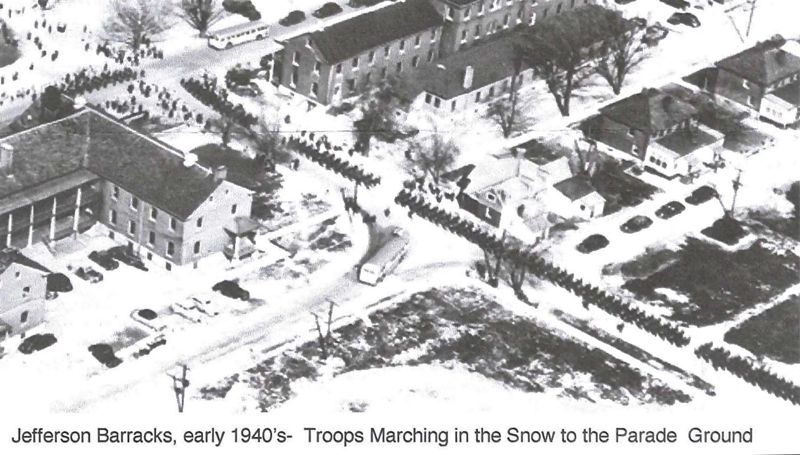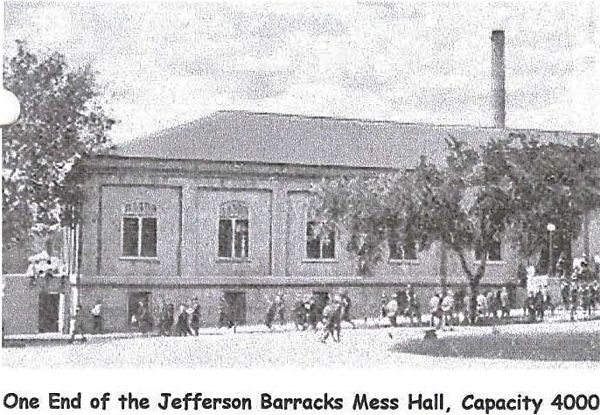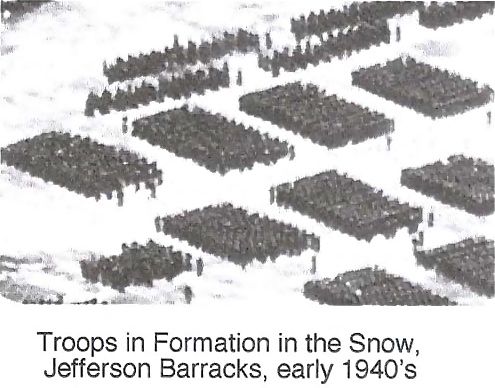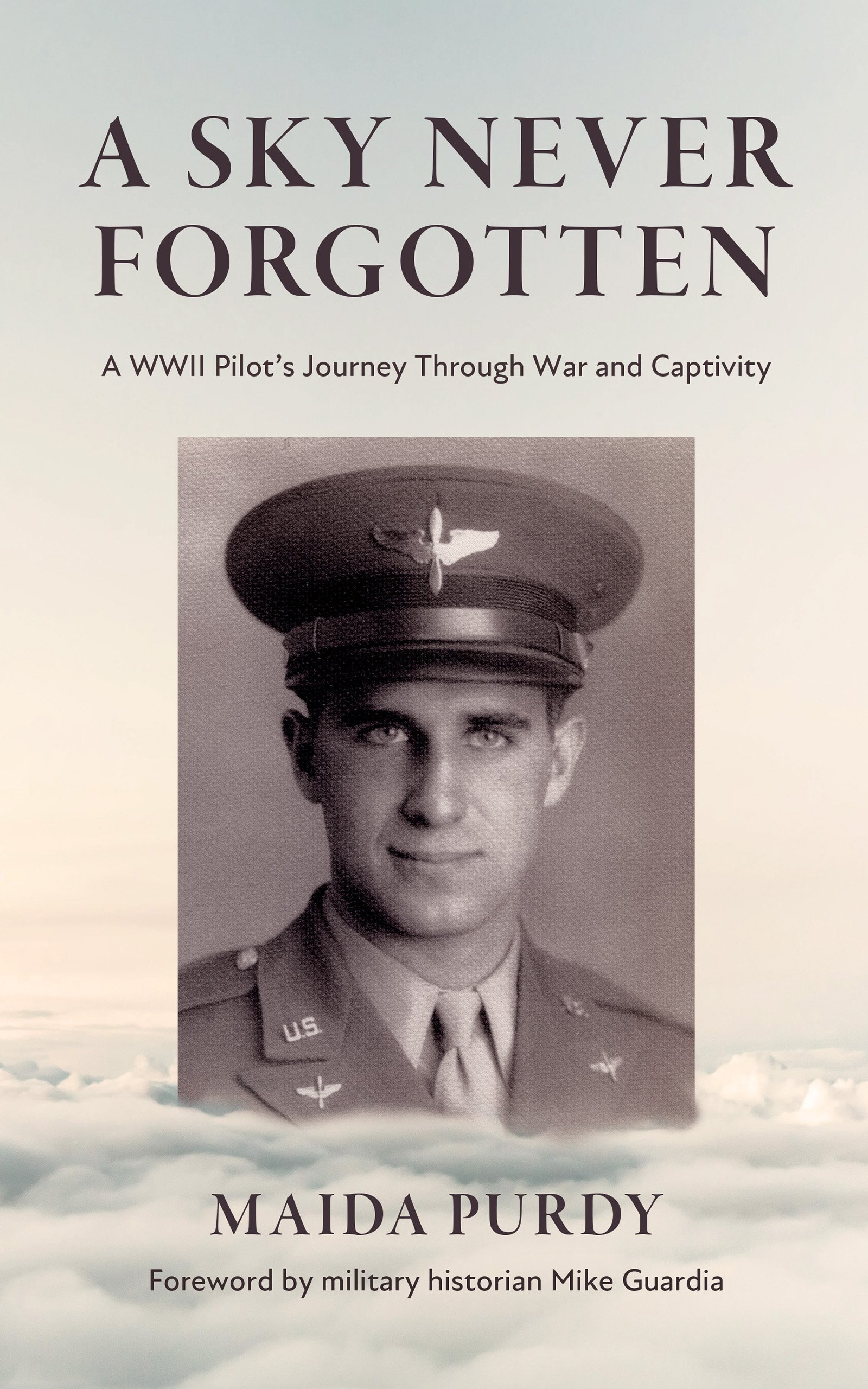Albert Story Narrative Chapter 1
Basic
In December of 1941, I was still in high school and working part time at the Colonial Bakery in Augusta, Georgia. My job was wrapping cinnamon rolls by hand. On the evening of Dec 6th, I had worked from 11PM to 7AM in the morning of the 7th. Naturally, I returned home exhausted and, after breakfast, went straight to bed. It must have been around noon or a little after that my brother Marion (aged fourteen) came into the room and woke me with some story about the Japanese attacking Pearl Harbor. I thought he was playing some kind of joke on me and angrily threw a pillow at him for waking me. When I got up and dressed, I discovered that he was not joking.
I had seen soldiers from nearby Fort Gordon at maneuvers and was thrilled to see the men looking out of the B-25s as they flew low over the city on the approach to the landing strip. I decided then and there that’s what I wanted to do – be a gunner on an airplane. The Army, of which the Army Air Corps was a part, did not have a recruiting office in Augusta until Monday, Dec 15th.
That Monday morning I was standing in front of the recruiting office along with ten or twelve other would be patriots. I suspect the Army was anxious to recruit as many bodies as possible because they never questioned my assertion that I was eighteen years old.
After passing written exams as well as a physical, I was sworn in and shipped next day to Fort McPherson near Atlanta, GA. At that time as private received 21 dollars per month. My first pay, after deductions for toiletry items, was $3.50.
Part 2
Fort McPherson was an army base. At the beginning of the war it was used to test and evaluate recruits and assign them to the various branches of the Army. Since I had asked for the Air Corps (that’s what the Air Force was called then) and evidently had qualified, they sent me to Jefferson Barracks, Missouri. I shipped out on Dec 24, and arrived in Missouri on Dec 26th, 1941. I had spent Christmas Day on the train.
Jefferson Barracks was an Air Corps boot camp. Boot camp is where they teach soldiers all the things that are believed necessary to make a soldier. These things include marching, close order drill, discipline, and etiquette. Etiquette covered such things as saluting officers, being sure to say “Sir” or “Yes, Sir” when addressing them. For some reason, some of the officers felt this to be very important. It also was felt that close order drill was important. They wanted everyone to look smart on the parade field.
Boot camp was tough on most of the recruits. The camp was covered for the full time we were there with about a foot of snow. This was not too difficult for me because at the time, the drill sergeants were swamped with a heavy influx of recruits, so those people who had ROTC were exempt from drill and assigned to other duties. My high school was the Academy of Richmond County in Augusta, Georgia. I imagine that in the few years I spent there I must have marched a thousand miles!

As a raw recruit, however, I was ignorant about the ways of the Army. At my first lunch in the Jefferson Barracks Mess hall, I passed through the chow line and saw something that looked like Jell-o. I thought it was Jell-o, but this was a brownish color. I imagined this must be something special, maybe root beer Jell-o. Back home I had always liked Jell-o so I took a large portion. I saved it for dessert anticipating the pleasure of eating something as exotic as this.
After finishing my meal I was ready to dig into this brown Jell-o that I was saving with such anticipation. When I took my first bite I couldn’t believe it. This stuff was salty, nothing like what I was expecting. SO there I was with a large pile of this awful tasting stuff on my plate. Just over my head was a sign that read, “ TAKE ALL YOU WANT BUT EAT ALL YOU TAKE!”

Near the exit was a garbage can for depositing uneaten scraps and a sergeant was watching what everyone was putting into the can. I sat there for a long time wondering how I was going to eat that stuff. Finally there was a problem at the counter, and the sergeant was called over. The instant he left, I headed for the door, deposited that stuff in the garbage can and got out of there.
I learned after that to always ask what it was before I took it. To this day, I still don’t know what it was, but I think it was some sort of congealed broth or something.
My first assignment in the Air Force was guarding a soldier who had tried to do away with himself because he was disappointed that he hadn’t qualified to go to mechanics school with his two friends. He tried to cut his throat with a dull messkit knife! He was to be kept under constant surveillance. Shortly after that stint, we were tested for aptitude for the various schools. These included mechanics, armory, and radio operator schools. While I was wondering to which school I’d be sent I was told that my name was on the bulletin board. When I saw that I, along with tow or three dozen other recruits, was to be sent to McDill Field near Tampa, Florida. I thought, “This must be the best thing that’s ever happened to me!” We were all elated – no more snow.
We shipped out around the end of January, 1942 and arrived at McDill about four days later. We arrived late at night and were assigned to various tents. When I awoke next morning, looked out and saw blue skies with a large flock of white egrets or herons wheeling in the sky, I said, “This must be Paradise!”

Part 3
Compared to Missouri in winter, Florida was like Paradise. I actually saw airplanes on runways and in the hangers. Most of them I could name for one of my hobbies had been collecting airplane cards, just as some people collect baseball cards. I also got my first ride in an airplane, a B-24.
I learned that I was assigned to the 98th Bomb Group. At the time, the 98th was engaged in anti-submarine patrol. I flew on one of those flights, but only as an observer. Actually it was more as a passenger since most of the flight was at night and I cold observe nothing. I did do a bit of guard duty while I was there, pacing back and forth before a hangar carrying a rifle on my shoulder supposedly guarding the new Norden Bomb sights upon which the Air Corps had place high hopes. Shortly things began to move rapidly. Some of us were transferred into the 44th Bomb Group, and the entire group then transferred to Barksdale Field near Shreveport, Louisiana. Officers, enlisted men, all; we went there by train. We were a bomb group without bombers! Still a private, I learned the joys of working KP (short for kitchen police). In military jargon, police means cleaning up. Private Story did a lot of cleaning up – on dishes, pots, and pans, greasy floors, tables and anything that needed policing. Peeling potatoes was one of the easier jobs. Fortunately, this stay was only for a couple of weeks after which I and a dozen or so other recruits received orders to attend gunnery school at Las Vegas, Nevada.
Aerial Gunnery School was a 6 week training course where students learned to use machine guns. This was where I finally felt as I was in the Air Force, although it was called the Army Air Corps at the time. We had ground-to-ground, ground-to-air and air-to-air target practice. The air-to-air practice was exciting. The student sat in the rear seat of a small plane with a 30-caliber machine gun mounted at the back (see photo below) and shot at a target being towed behind another plane. The instructors marked each student’s ammo with different colored paint. The paint came off and left a trace on the target so they could keep count of the number of hits by each student. Even though I was probably the youngest out of about 500 students, I did quite well and got a diploma for my efforts. On April 15, 1942, our group was shipped by train back to the 44th, which moved to Fort Myers, Florida. By then they had some airplanes, B-24s! It was shortly after this that I heard of HALPRO.
Part 4
There were some twenty or so of us who after finishing gunnery school were returned to the 44th Bomb Group, now in Fort Myers, Florida. This was a new facility and had no barracks. We had only tents for sleeping, eating, and operations. It was not very long before we from gunnery school were put to work. I, along with several others, was assigned to teach those who had never seen a gun turret how to operate one. The squadron had several turrets mounted on frames on the ground and we gave instructions on how to operate the turrets and to aim and fire them. Though no ammunition was used, everyone seemed to get the hang of it.
One day about twenty or thirty of us were told to go to a certain tent for a meeting. We had no idea what it was about. We all congregated in front of the tent, which, judging by a sign in front appeared to be Group Headquarters. I, by happenstance, was standing closet to the door and was asked to come in. Inside was a Colonel that I assumed to be Colonel Halverson. I later I learned that it was Colonel McGuire. He said that we had been chose for a very important mission, that he could not say what it was but I was important and they only wanted volunteers for this mission. Of course, I volunteered. He thanked me and I went outside where all the others were anxiously waiting to find out what was going on. It developed that every one of the guys volunteered. We were now HALPRO!
After that, things really began to move. I was assigned to crew #23. I am third from the left in the picture. This was Lieutenant Edward Cave’s crew. I was the tail gunner. We were all promoted one grade, so I was now a Corporal. Our pilot, Lt. Cave, took a picture of the crew as we stood before our plane. He obviously was not in the picture. It was shortly after this photo was taken that we became known as the Silver crew. Since we had no tow targets for gunnery practice, we had to fly out over the Gulf and throw out bags of aluminum powder that burst and spread out over the water. While we were shooting at these targets, someone accidentally stepped on one and the powder coated every one of us so that we were completely aluminized, face, hands, arms, legs. A few days later the same thing happened to another crew so we sort lived down our reputation. After much practice and refitting our planes were finally ready to head overseas.
The website 376bg.org is NOT our site nor is it our endowment fund.
At the 2017 reunion, the board approved the donation of our archives to the Briscoe Center for American History, located on the University of Texas - Austin campus.
Also, the board approved a $5,000 donation to add to Ed Clendenin's $20,000 donation in the memory of his father. Together, these funds begin an endowment for the preservation of the 376 archives.
Donate directly to the 376 Endowment
To read about other endowment donation options, click here.
Reunion
NOTE change in the schedule !!
DATES: Sep 25-28, 2025
CITY:Rapid City, SD
HOTEL: Best Western Ramkota Conference Hotel; 2111 North LaCrosse St., Rapid City, SD 57702; 605-343-8500
Click here to read about the reunion details.




















